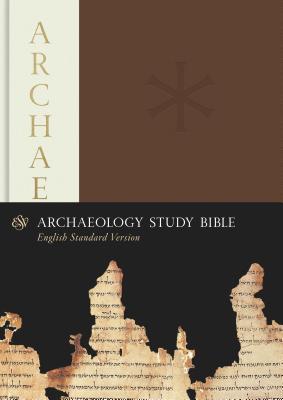What do you think?
Rate this book


2048 pages, Hardcover
Published April 24, 2018
E.g. Psalm 52:8 “But I am like a green olive tree in the house of God…” Though the tree is only mentioned briefly in this verse, the provided notes showcase its symbolism and deep significance of that time.
E.g. In 1 Samuel, the notes explain how and why David fled from Saul, clarifying the size of his army, and a map of the area at that time.
E.g. Psalms and Proverbs probably have the most significant and interesting notes (in my opinion.) The study sections provide interesting material concerning musical instruments, reconstruction photos of ancient scales, photos of a traditional wineskin, and surviving examples of wisdom literature from Egypt.